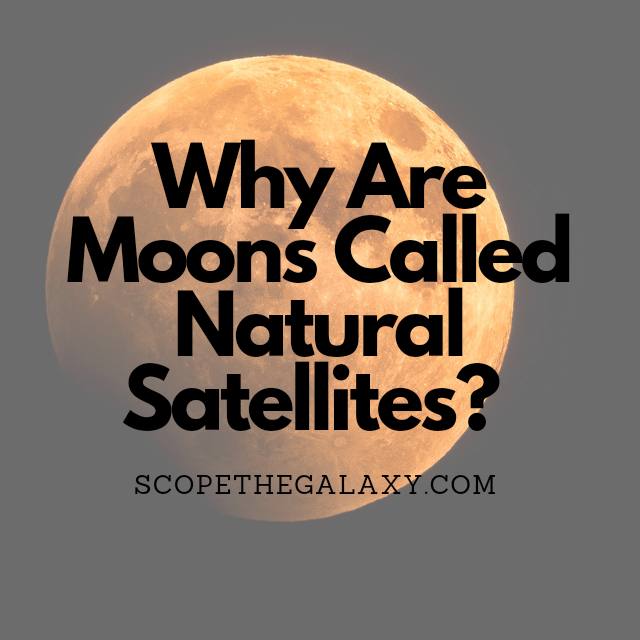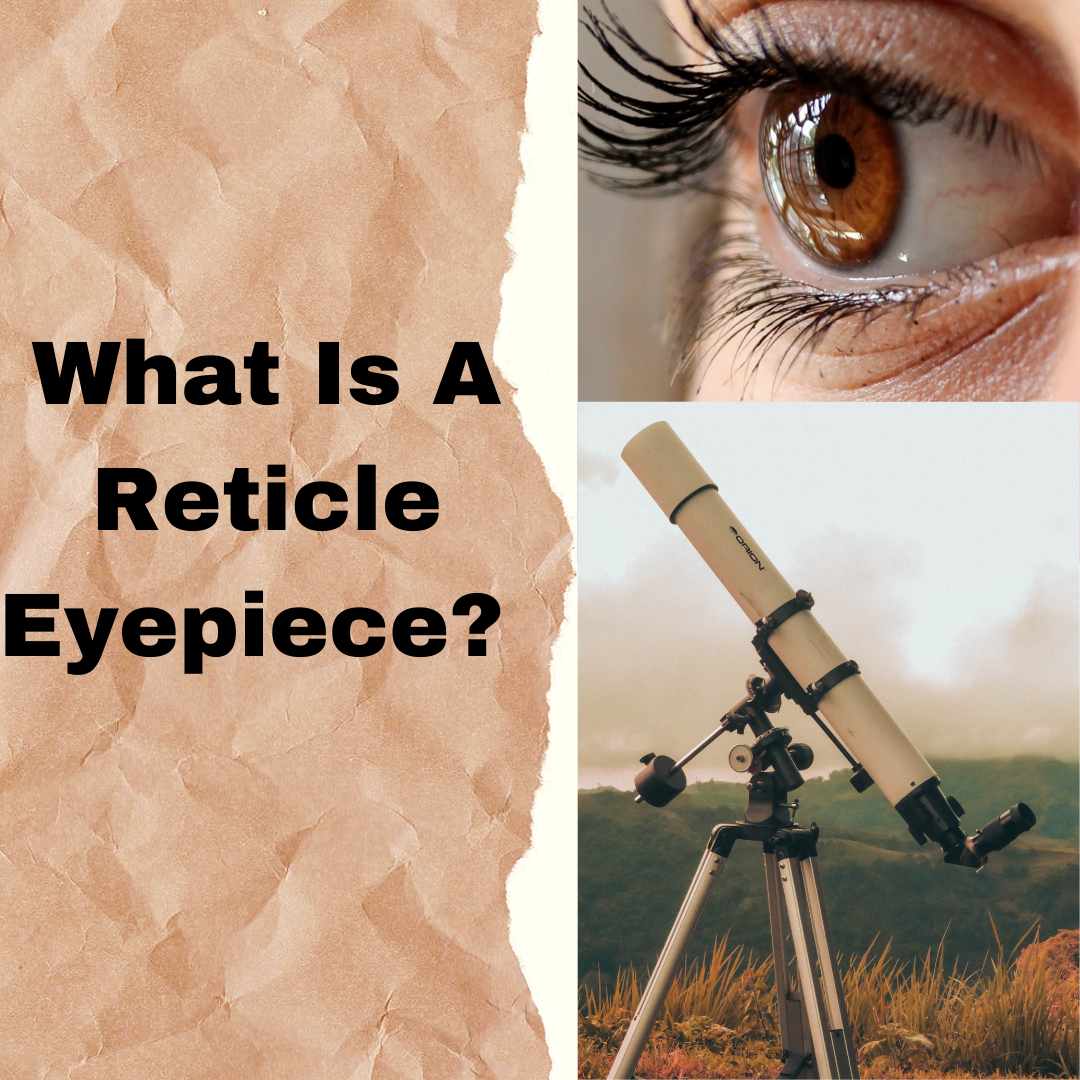What Is A Peculiar Galaxy? (Explained!)
A Peculiar galaxy collides, interacts, is cannibalistic, has a strange shape, or is considered diverse somehow. These are the unusual galaxies in their size, structure, and composition. They form from the interaction of two or more galaxies. Continue reading to discover the shape and composition of peculiar galaxies, how scientists first discovered these oddball formations, … Read more










